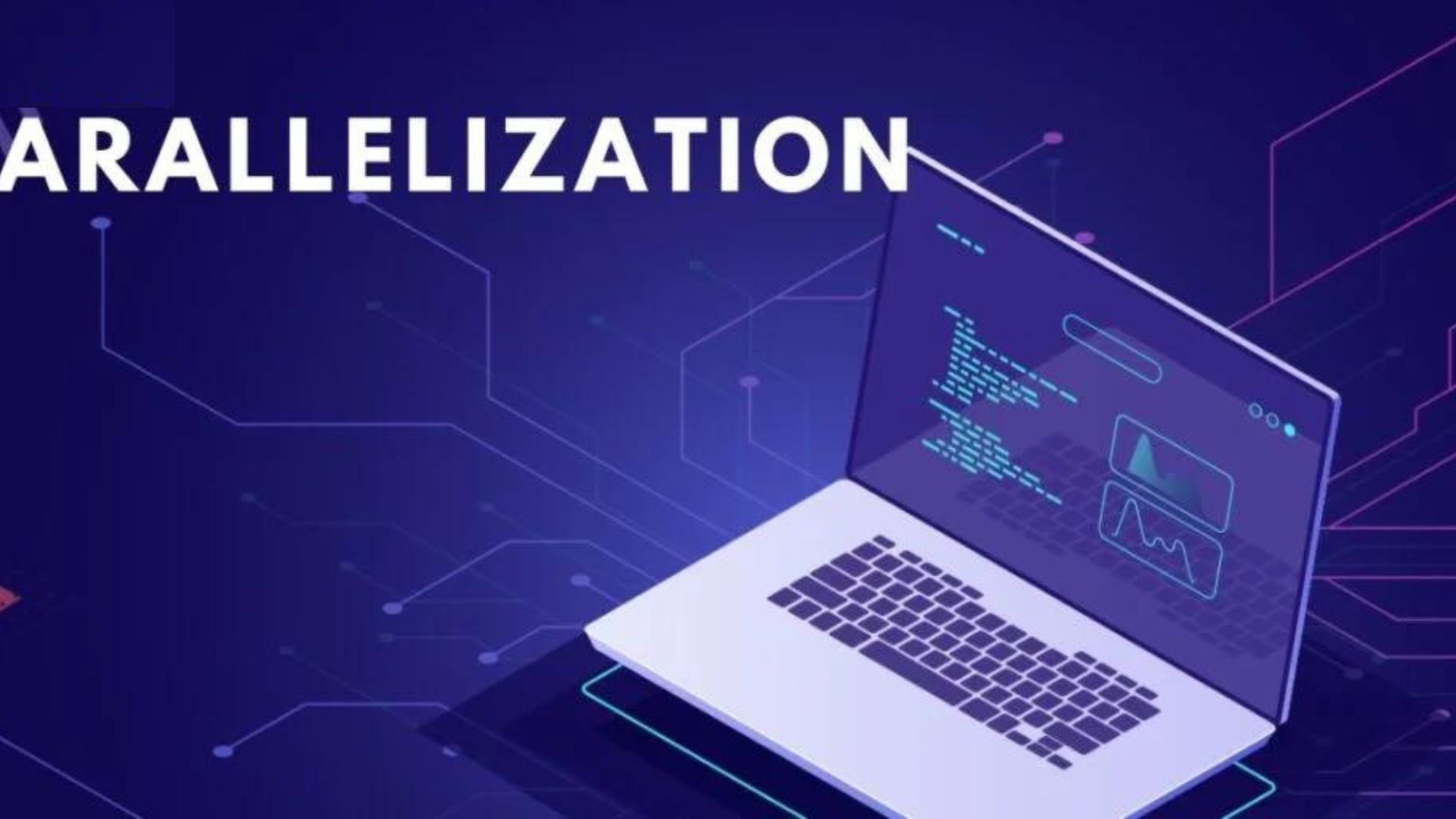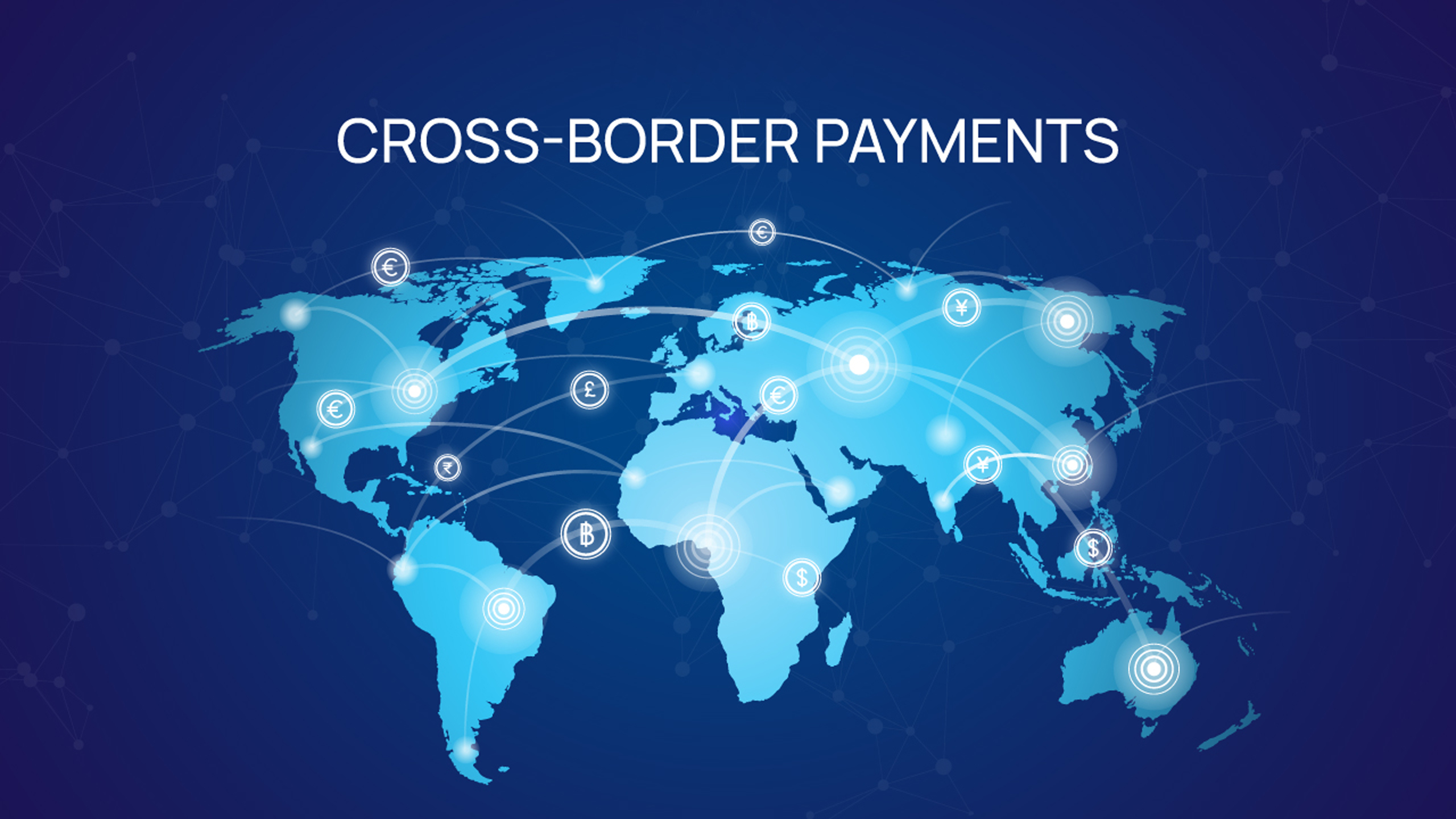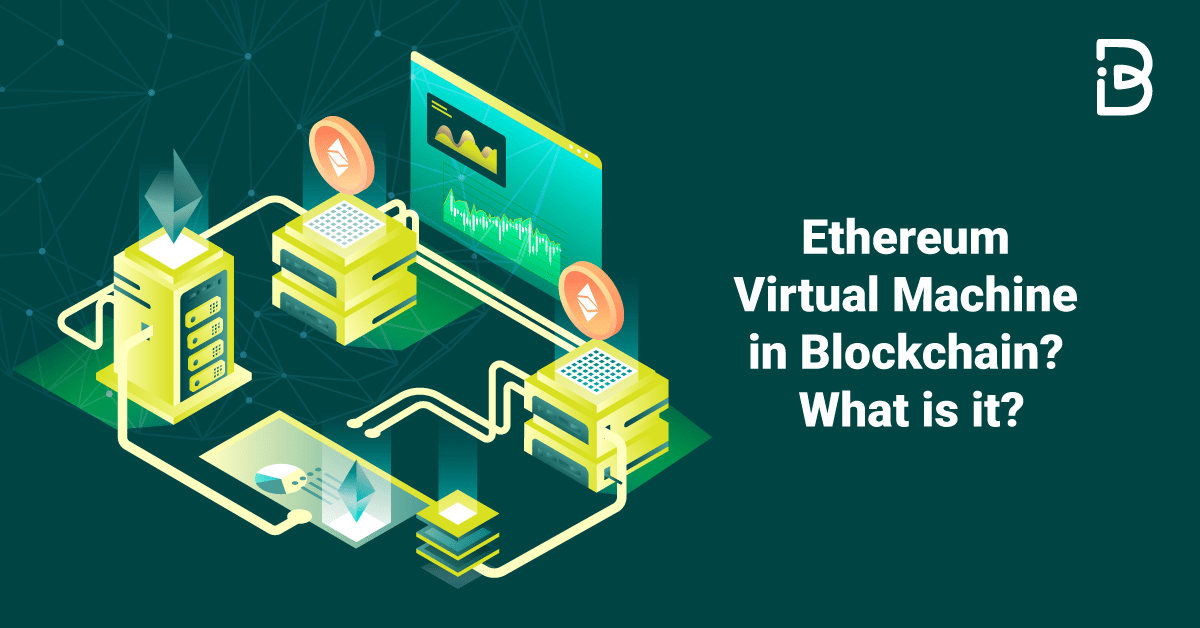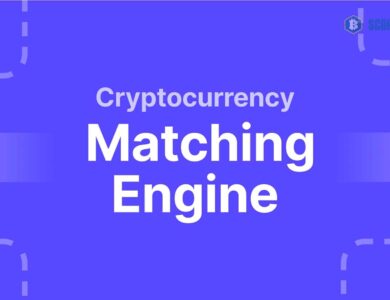
Efficient Blockchain Parallelization for Improved Transaction Processing
Blockchain Parallelization. Efficient transaction processing is crucial to fixing the blockchain scalability issue and increasing the throughput of Blockchain Development networks. This article will discuss the fundamentals of parallelization, including how it works, its different forms, and its possible benefits.
What Is Parallelization?
The term “parallelism” refers to a technique that allows for the simultaneous processing of numerous tasks. Computer scientists use the term “parallel computing” to describe the practice of running multiple processes in parallel, which is closely related to the idea of parallelization.
How Does Parallelization Work?

Instead of processing transactions sequentially, data from the network can be organized to allow for their simultaneous validation through parallelization. Multiple nodes share the workload of processing transactions. The distributed nature of the network allows for faster processing times and less congestion by distributing the transaction load among various nodes.
With parallel transaction processing, the network checks all the potential outcomes of verifying transactions by exploring all the possible states simultaneously. Before transactions are officially recorded on the ledger, the network can evaluate their potential impact in this way. When all nodes have completed their evaluations in parallel, they will reach a consensus on a shared state reflecting that.
Parallelization models
There are two main types of blockchain parallelization: optimistic parallelization and state-access parallelization.
Optimistic Parallelization
The network executes transactions concurrently in the optimistic parallel execution paradigm, skipping the initial sorting phase. This strategy works under the assumption that most queued transactions are unrelated and uses a technique to fix any interdependent transactions discovered after the fact. This implies that the system will adjust to keep all data accurate if transactions previously believed to be unconnected but that impact each other are subsequently determined to be related.
State-Access Parallelization
The first step in the state-access parallel execution model is to classify transactions based on how they influence the network’s state. This includes interactions with specific accounts or smart contracts. This is useful for finding transactions that can run in parallel without causing problems. There is the simultaneous execution of transactions that do not interact with one another. Conversely, gas fee priority ensures that transactions affecting related state variables are handled in a specific sequence.
Different Types of Parallelization

Transaction-level Parallelization allows multiple transactions to be processed in parallel. This allows for more transactions per second (TPS) by increasing the network’s throughput. In addition to making the network more responsive, it speeds up transaction confirmations. This kind of parallelization is gold for blockchains with many users and a need for fast processing times.
Parallelization at the transaction level is not without its difficulties. Examples of data dependencies that might arise from processing transactions in parallel include situations where one transaction’s outcome might affect another; as a result, sophisticated data management procedures are sometimes necessary to guarantee consistency and dependability.
Block-level parallelization
Block-level parallelization entails creating and validating blocks simultaneously to increase a network’s scalability. This method eliminates the possibility of network congestion and allows the blockchain to process more blocks simultaneously, allowing for more transactions.
To keep the blockchain secure, block-level parallelization must be executed with caution. The increased computing demands of block-level parallelization also increase the hardware requirements of the nodes in the network. Because of this, certain users may be unable to join the network, compromising its accessibility and decentralization.
Smart contract parallelization
“Smart contract parallelization” means running numerous smart contracts in parallel. Decentralized apps’ (DApps) speed, responsiveness, and scalability can all be improved in this way.
To alleviate some of the strain on the main chain, optimistic rollups, for example, complete transactions off-chain and only interact with it to confirm them. Ethereum’s Validium scaling solution offers scalability and anonymity for innovative contract applications by combining zero-knowledge proofs with off-chain processing.
Benefits of Parallelization
High transaction processing speed
The distribution of tasks across multiple nodes decreases transaction execution times, boosting transaction processing speed. Networks that utilize parallelization tend to be more efficient than those operating on sequential processing models. Parallelization distributes the validation of transactions over multiple nodes to solve the issue of blockchain scalability. With horizontal scaling, the network can expand or contract in response to changes in demand.
Reduced gas costs
Parallelization reduces fees by allocating transactions to node subgroups. This is less costly than sequential processing, where every node validates each transaction. Furthermore, faster transaction speeds decrease the competition between nodes, further driving down transaction fees.
Final Thoughts
Parallelization is a technique for handling numerous transactions concurrently. Its advantages include faster transaction processing times, scalability, and lower fees. Blockchain networks will be able to scale much farther in the future by combining parallelization with other scaling options like sharding.







